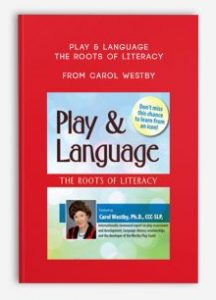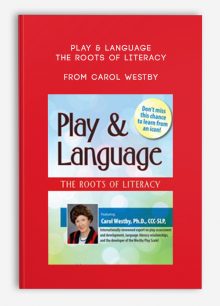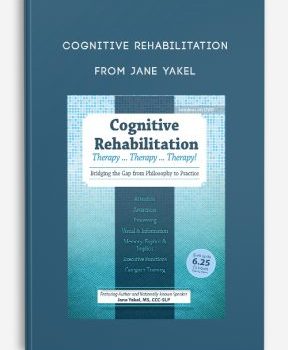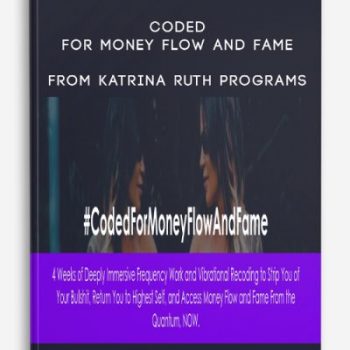 Play & Language The Roots of Literacy from Carol Westby
Play & Language The Roots of Literacy from Carol Westby
More information about Medical:
Medicine is the science and practice of establishing the diagnosis, prognosis, treatment, and prevention of disease.
Medicine encompasses a variety of health care practices evolved to maintain and restore health by the prevention and treatment of illness.
Contemporary medicine applies biomedical sciences, biomedical research, genetics, and medical technology to diagnose, treat, and prevent injury and disease,
typically through pharmaceuticals or surgery, but also through therapies as diverse as psychotherapy, external splints and traction, medical devices, biologics, and ionizing radiation, amongst others.
Medicine has been around for thousands of years, during most of which it was an art (an area of skill and knowledge) frequently having connections to the religious and
philosophical beliefs of local culture. For example, a medicine man would apply herbs and say prayers for healing, or an ancient philosopher and physician would apply bloodletting according to the theories of humorism.
In recent centuries, since the advent of modern science, most medicine has become a combination of art and science (both basic and applied, under the umbrella of medical science).
While stitching technique for sutures is an art learned through practice, the knowledge of what happens at the cellular and molecular level in the tissues being stitched arises through science.
Outline:
- Foundations of Cognitive-Play-Literacy Relationship: Frameworks for Assessment and Intervention
- Dynamic systems theory: integrating nature and nurture theories
- The World Health Organization’s International Classification of Functioning
- A performance competence framework for assessment and intervention
- Social-Emotional/Cognitive Precursors to Play: Birth-17 months
- Neurotypical and atypical patterns of social-emotional development
- Environmental influences on social-emotional development and play
- Temperamental variations in children
- Presymbolic play
- Development of Pretend Play Dimensions (17 months – 5 years): Relationship of Play Dimensions to Language and Literacy
- Theory of Mind Dimension (understanding thoughts and feelings of self and others)
- Decontextualization Dimension (reduced use of props in play)
- Thematic Dimension (from familiar to novel pretend themes)
- Organization Dimension (sequencing and planning of play)
- Interventions to Promote Playing to Learn
- Setting goals for playful learning
- Promote literate-style language through play
- Develop phonological awareness skills through playful practices
- Promote thematic pretend play to develop foundations for language and literacy
Description:
Don’t miss this opportunity to learn from Dr. Westby!
Language, cognitive and social-emotional learning skills are all essential for literacy development and academic success. Research shows that play is the universal activity that blends cognitive, social, emotional, linguistic and motor components. Observing children’s play provides information about their knowledge, views of the world and mastered skills.
Join Dr. Westby as you learn about the vital relationship between the dimensions of play, social-emotional functioning, language and literacy. Learn firsthand, how to effectively use the Westby Play Scale—a tool that offers a way to evaluate all young children’s (birth-5 years) symbolic play skills. Supported by 40 years of evidence-based research and organized by developmental level, this tool will breakdown the milestones children should be achieving with their play and language. You will also learn play practices and play strategies to improve language, cognitive and social-emotional skills, including:
- Higher-level thinking, problem-solving and creativity
- Advancing language skills and text comprehension
- Awareness of temporal, cause-effect and social relationships
- Motivation, self-regulation and empathy
- Interpreting and responding appropriately to the needs, desires, and roles of others
These intervention activities will work for all young children, but special focus will be given to interventions for children with language learning disabilities, autism, socioeconomic/cultural variations and ESL.













tristian –
This is Digital Download service, the course is available at Coursecui.com and Email download delivery.